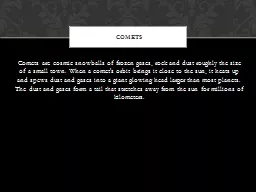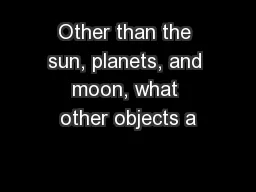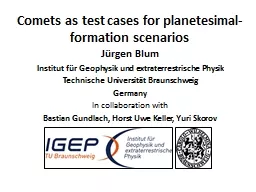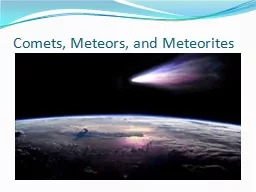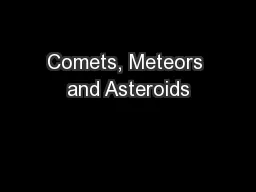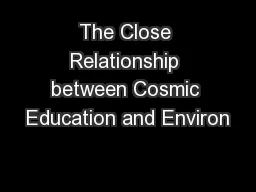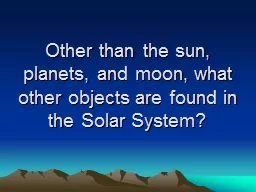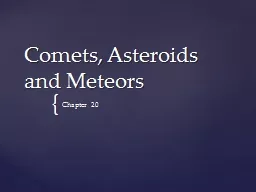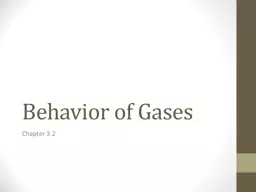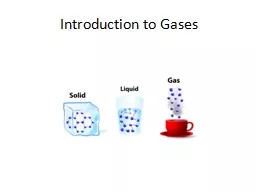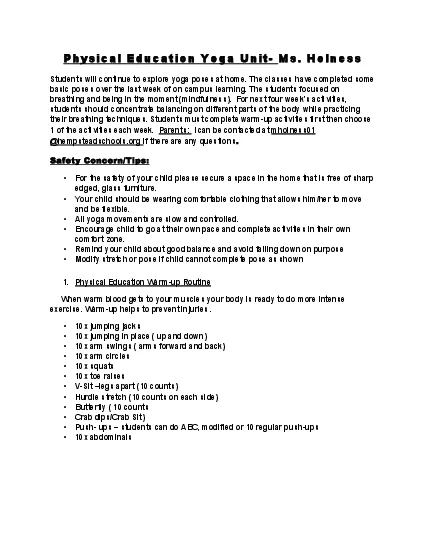PPT-Comets are cosmic snowballs of frozen gases, rock and dust
Author : conchita-marotz | Published Date : 2017-07-25
Comets More than 3000 comets have been discovered May take hundreds or even 1000s of years to orbit the sun 240 BC was the earliest sighting of a comet Halleys Comet
Presentation Embed Code
Download Presentation
Download Presentation The PPT/PDF document "Comets are cosmic snowballs of frozen ga..." is the property of its rightful owner. Permission is granted to download and print the materials on this website for personal, non-commercial use only, and to display it on your personal computer provided you do not modify the materials and that you retain all copyright notices contained in the materials. By downloading content from our website, you accept the terms of this agreement.
Comets are cosmic snowballs of frozen gases, rock and dust: Transcript
Download Rules Of Document
"Comets are cosmic snowballs of frozen gases, rock and dust"The content belongs to its owner. You may download and print it for personal use, without modification, and keep all copyright notices. By downloading, you agree to these terms.
Related Documents

